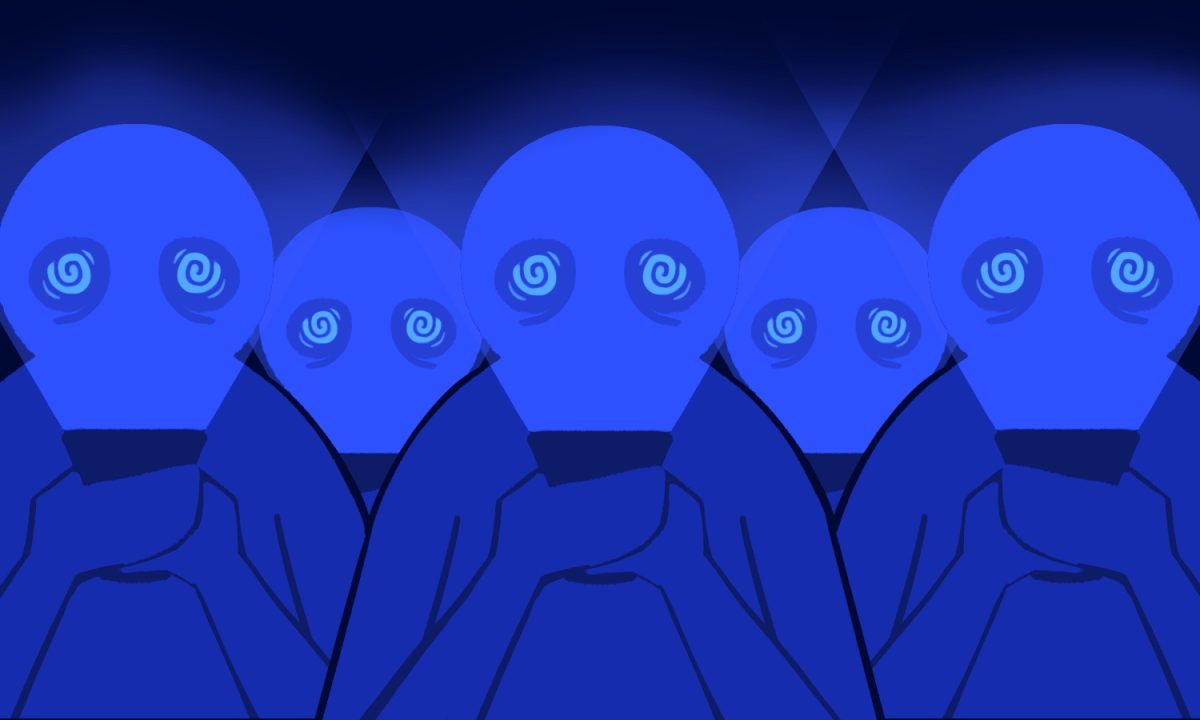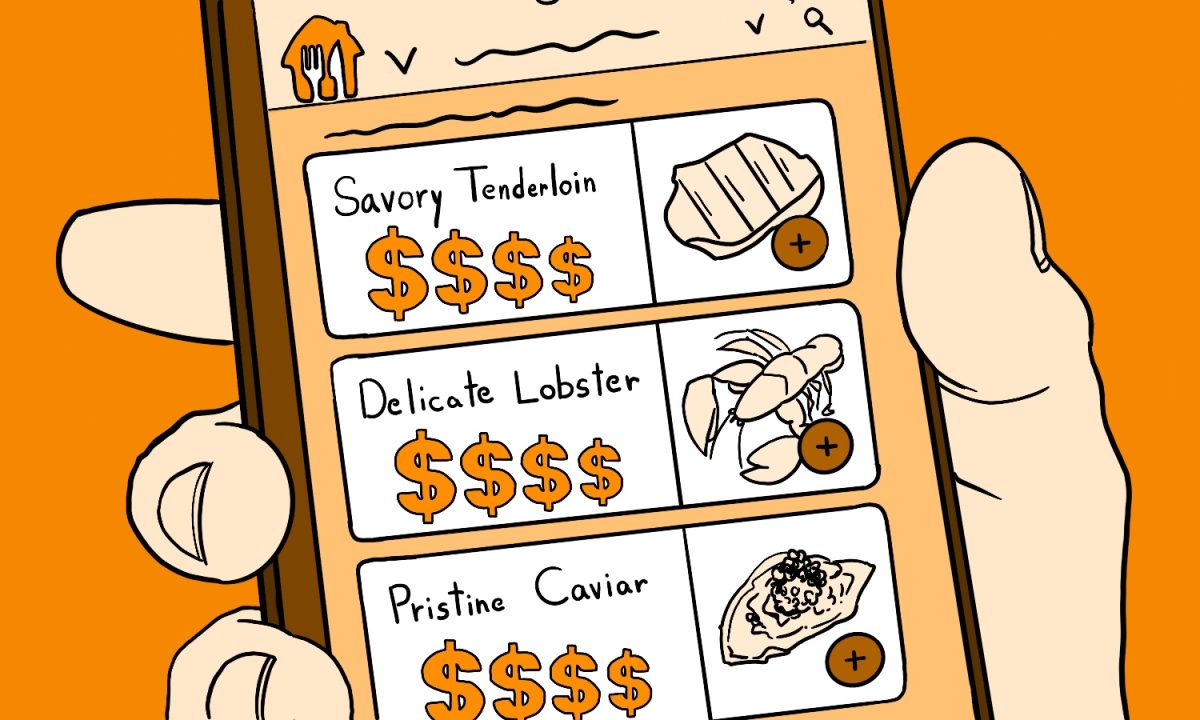
I have a confession: My name is Keegan Williams, and I’m a Snapchat addict.
When I first downloaded the app onto my smartphone last fall, it took me a while to see the appeal. Why would we Snap when we could just text (and you wouldn’t have to see what I looked like at that given second)? However, months passed and I soon gravitated toward the ever-growing trend.
For those who don’t know, Snapchat is a smartphone app that allows users to send temporary picture and video messages to friends that only display for one to 10 seconds before they disappear into the abyss of cyberspace. Last October, Snapchat introduced a new feature, My Story. My Story allows users to post Snaps that display for all of their friends to see for 24 hours before they disappear.
Over time, it became a priority that my personal My Story was consistently updated. Any time I saw something weird in public, a kid sleeping in class or a drunken conversation at a party, it was going right onto My Story. Whenever I get bored, I update myself on the Stories of others, clicking through multiple photos and videos of my friends showing off their day-to-day lives in real time.
Recently, I had a thought about the My Story cycle. It’s interesting that we show our friends the everyday happenings of our lives, and then subsequently use Snaps of their everyday lives to keep us entertained during our lulls. We’re essentially watching a continuous documentary showcasing the mundane or not-so-mundane moments in the lives of our friends, and when we post to our own My Story, we are providing the same service for those whose lives we observe.
I’ve personally found Snapchat to be one of the most raw and unfiltered forms of social media, in that Snaps are so impromptu and that they are only temporary. “So what if this is kind of stupid, it’ll be off of My Story in a day.” Whereas some theorize that social media networks like Facebook and Twitter have the potential to create the sense of an offline and online self.
In sociology, the applicable term is dualism, or appearing to have two selves. Some have gone further to apply this idea specifically to social media and technology, employing the idea of digital dualism. A sociologist on the Snapchat staff, Nathan Jurgenson, claims that digital dualism is a fallacy and that the virtual and physical worlds have steadily integrated into a shared reality.
This is what Snapchat seems to be aiming for: an organic social media experience that avoids a fake, online front and ties in the virtual with the physical. Evan Spiegel, a co-founder of Snapchat, said in an interview after the release of My Story his hope for Snapchat is that users will be more willing to act as their true selves.
Interestingly enough, before the Internet and social media were even a blip on society’s radar, a sociologist by the name of Erving Goffman wrote on the subject of the true self versus the social actor. His book, “The Presentation of Self in Everyday Life“, published in 1959, compares human and social interaction to that of a play, in that each person is an actor taking on a specific role.
Each actor (or a person in any given social interaction) has an audience, made up of other individuals reacting to the performance of the actor. Like in theater, there is also a backstage, in which the actor can put their role to rest and take on the identity of their true self.
Diving even further into Goffman’s theater metaphor, everyday life takes on different settings, which, in turn, takes on different audiences. One may act differently in the home than they would at school, or at their place of work, or at the bars – Audience is dependent on setting.
So, how does Goffman’s text relate to social media and Snapchat? For networks like Facebook and Twitter, Goffman’s ideas become exponentially more relevant, in that online actions can’t immediately be traced back to that person in reality. I could post something online that isn’t representative of myself at all, or present multiple posts that paint a picture of myself as a completely different human. Keep in mind, we’re just looking at words, or pictures, not my real life actions.
I would argue that the immediacy and candid nature of Snapchat creates more genuine online interactions than Facebook, Twitter and some of the other social media leaders, showing less of the performing actor and more of the backstage.
Snapchat offers an experience unlike those overanalyzed, permanent posts that land on Facebook and Twitter. Maybe that’s what makes Snapchat such an interesting phenomenon, providing mundane, everyday entertainment for millions of users through short videos and pictures. Rather than seeing a slew of Buzzfeed articles and long rants from stressed acquaintances, Snapchat gives users a spontaneous and unfiltered look into the lives of others.
Also selfies, a lot of selfies.
Collegian Columnist Keegan Williams can be reached at letters@collegian.com or on Twitter @keeganmw.




